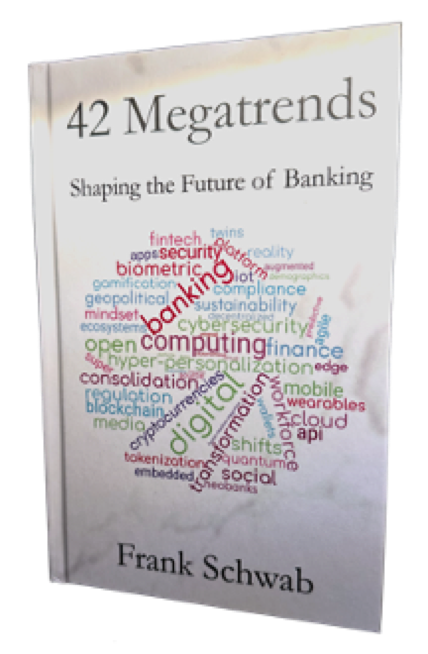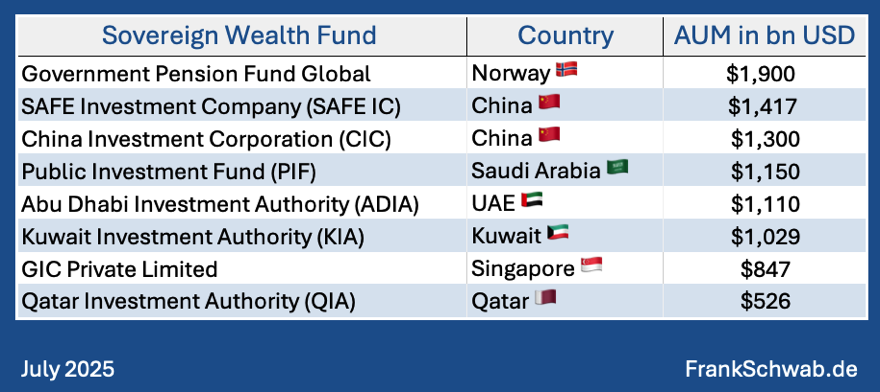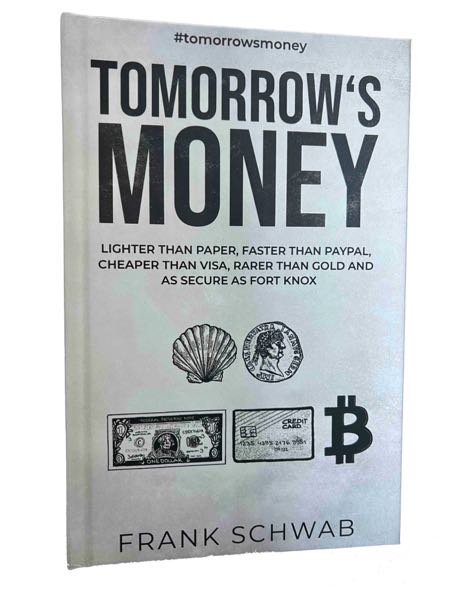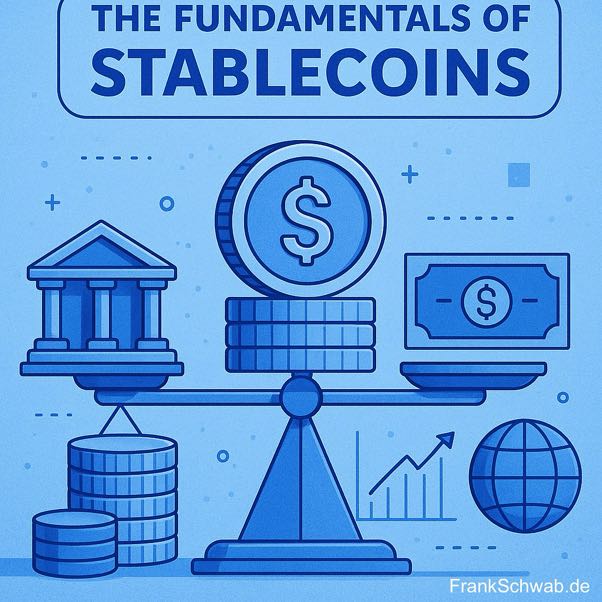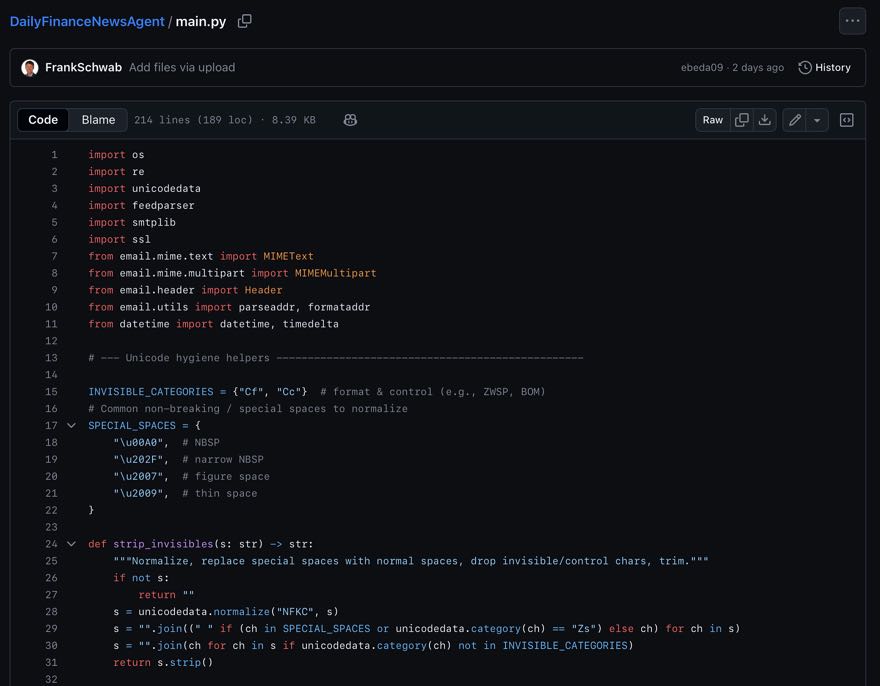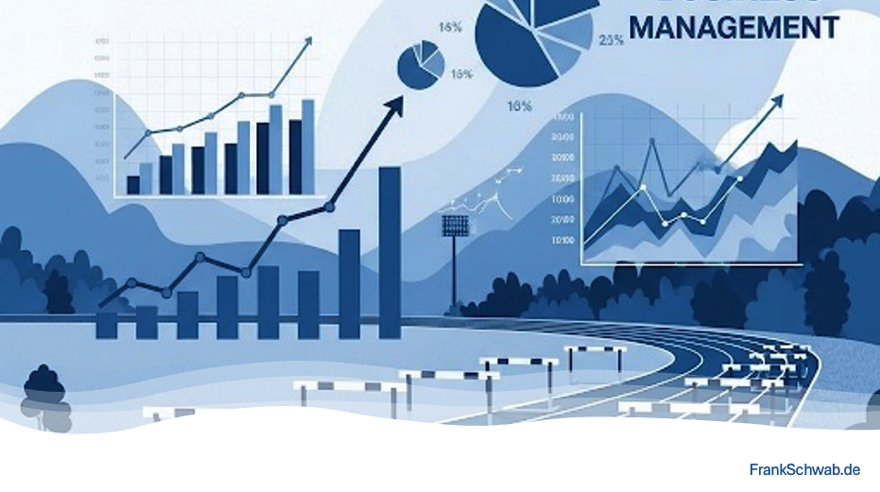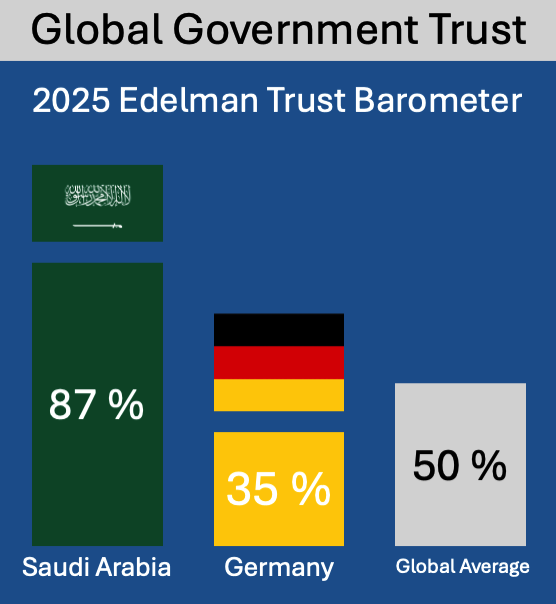BBVA, DBS Bank, and JPMorgan Chase Use Foresight, Megatrends, and Strategy to Navigate the Future
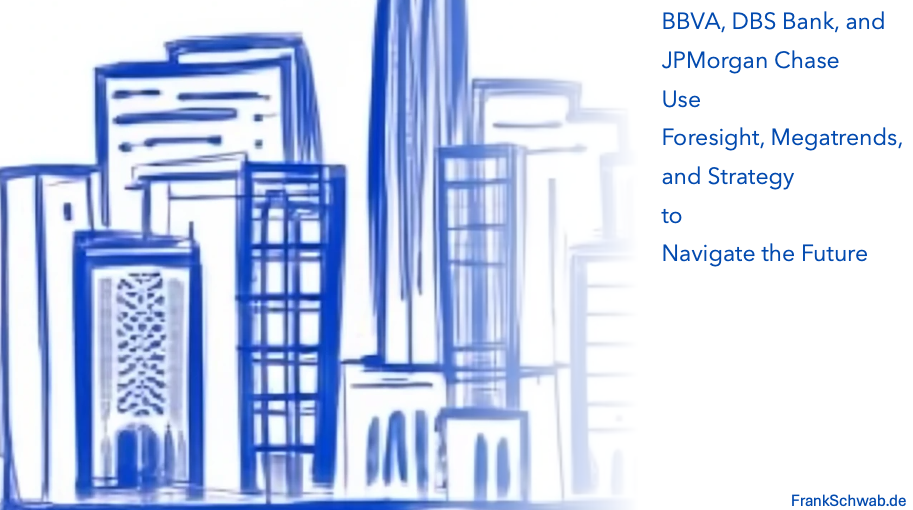
In today's rapidly evolving world, banks can't afford to simply react to change. To thrive, they need to anticipate the future and proactively position themselves for success. This is where foresight, megatrends, and strategy come into play. These three interconnected concepts provide a powerful framework for navigating complexity and uncertainty.
Foresight is more than just prediction. It's a systematic process of exploring possible futures to inform present-day decisions. It involves scanning the horizon for signals of change, emerging issues, and potential disruptions. It requires thinking the unthinkable, challenging assumptions and considering a wide range of possibilities, including "wild cards" and unexpected events. Ultimately, foresight helps create plausible stories about the future, each with its own set of implications. For example, BBVA (Banco Bilbao Vizcaya Argentaria) has a dedicated research department that analyzes trends and produces reports on the future of banking. They actively engage in scenario planning and horizon scanning to anticipate disruptions, enabling them to adapt proactively to the evolving financial landscape. Foresight empowers BBVA to move beyond short-term thinking and develop a long-term perspective. It helps them identify opportunities and threats, anticipate challenges, and build resilience.
Megatrends are large-scale, transformative forces that shape the global landscape. They unfold over years or even decades, influencing societies, economies, and industries. Consider technological advancements like artificial intelligence, automation, and biotechnology, which are rapidly reshaping industries. Demographic shifts, such as aging populations, urbanization, and migration, are altering consumer markets and workforce dynamics. Climate change and resource scarcity are forcing businesses to rethink their environmental impact and embrace sustainable practices. And social and cultural changes, including shifting values, rising inequality, and evolving consumer behavior, are impacting everything from product development to marketing strategies. Understanding megatrends is crucial for businesses. For instance, DBS Bank (Development Bank of Singapore) recognized the rise of Asia as a major economic force and the increasing importance of digital banking in the region. By recognizing these powerful forces, they can identify emerging markets, anticipate disruptions to their industry, and adapt their products and services to meet future needs.
Strategy is the bridge between foresight and action. It involves making choices about where to play and how to win. A robust strategy incorporates insights from foresight and megatrends to define clear goals and objectives for the long term. It guides businesses in allocating resources effectively, determining where to invest their time, money, and talent. Strategy helps develop competitive advantages by identifying how a business can differentiate itself and create unique value. Finally, it fosters organizational agility, enabling the business to adapt and respond to change effectively. JPMorgan Chase, for example, has focused on diversifying its business and expanding its digital offerings, acquiring a digital wealth management platform and investing in fintech startups. By aligning their strategy with foresight and megatrends, businesses like JPMorgan Chase can increase their chances of success in the long term. They can proactively position themselves to capitalize on opportunities, mitigate risks, and navigate the complexities of the future.
These three concepts are intricately linked. Foresight provides the raw material for strategy by identifying potential futures and megatrends. Megatrends shape the context in which banks operate, influencing the strategic choices they make. Strategy, in turn, guides action and helps businesses navigate the future shaped by foresight and megatrends. The success of BBVA, DBS, and JPMorgan Chase showcases how effectively integrating these concepts can lead to strong financial performance and a robust market position.
In a world of increasing complexity and uncertainty, foresight, megatrends, and strategy are essential tools for any business. By embracing these concepts, businesses can move beyond reactive decision-making and proactively shape their future.
FrankSchwab.de
Published in future, foresight, megatrends, strategy, all on 14.01.2025 8:30 Uhr.
